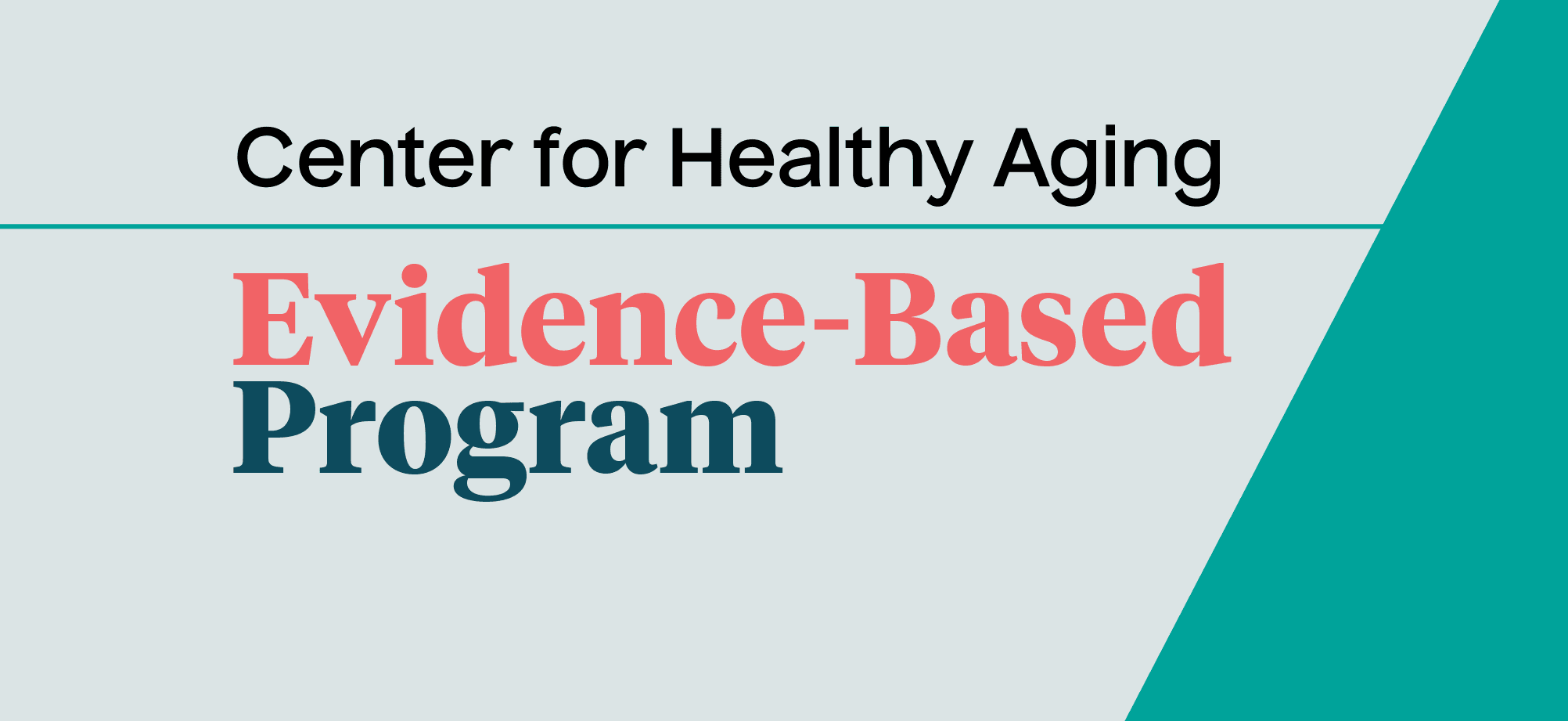
RE-AIM is an evolving framework designed to inform program decision-making by focusing on:
- Reach
- Effectiveness
- Adoption
- Implementation
- Maintenance
These five elements are essential for service providers and decision-makers to consider when selecting an evidence-based health promotion program, or when making choices among alternative programs.
As this overview document explains, RE-AIM was originally developed as a framework for consistent reporting of research results and later used to organize reviews of the existing literature on health promotion and disease prevention in different settings. RE-AIM has been used to:
- Help plan programs and improve their chances of working in “real-world” settings
- Understand the relative strengths and weaknesses of different approaches to health promotion and chronic disease self-management—such as in-person counseling, group education classes, telephone counseling, and internet resources
The overall goal of the RE-AIM framework is to encourage program planners, evaluators, readers of journal articles, funders, and policy-makers to pay more attention to essential program elements that can improve the sustainable adoption and implementation of effective, evidence-based health promotion programs.
RE-AIM for Program Planning: Overview and Applications
RE-AIM and behavioral health
The RE-AIM framework has been applied to many evidence-based interventions, including those aiming to support behavioral health for older adults.
This issue brief from the U.S. Substance Abuse and Services Administration (SAMHSA) and the Administration on Aging explains RE-AIM scenarios to improve behavioral health, including a state initiative to reduce depression and a local initiative to reduce risky use of alcohol and psychoactive medications among older adults.



